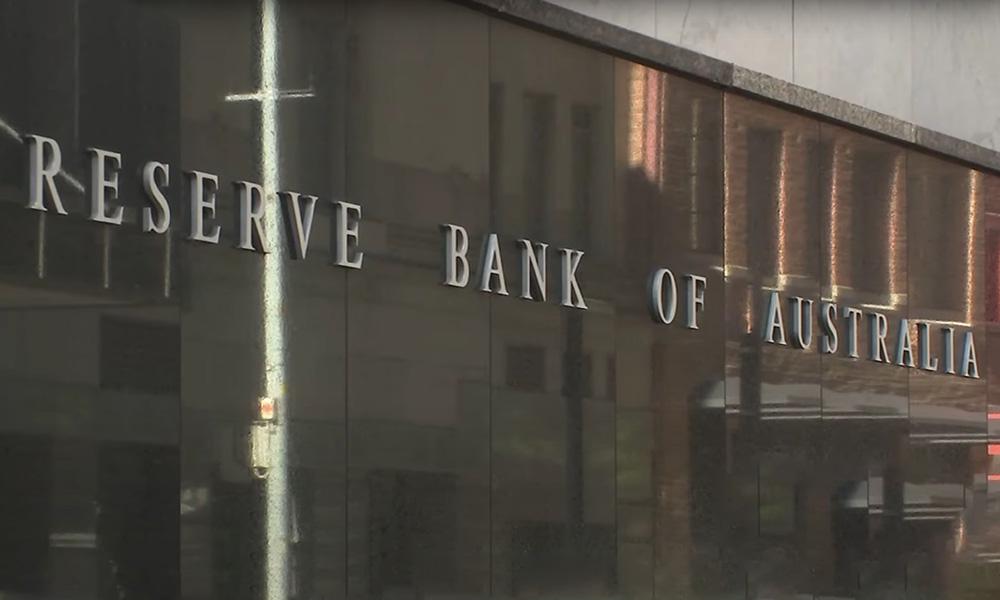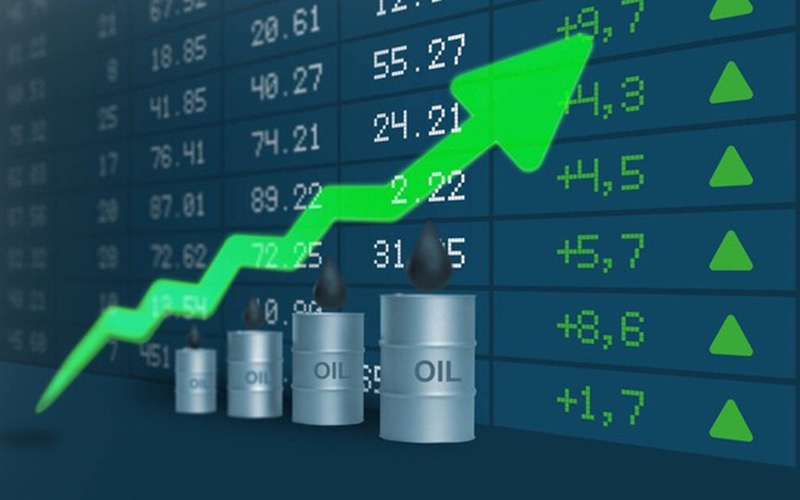Inflation is cooling down, economic warning! The Reserve Bank of Australia may cut interest rates for the third time next week
2025-07-04 11:00:38

Expectations of interest rate cuts rise: from three to five times
According to a Reuters survey conducted from June 30 to July 3, 31 of 37 economists predicted that the Reserve Bank of Australia will cut the overnight lending rate by 25 basis points to 3.60% after the two-day policy meeting on July 8. This forecast is in stark contrast to the market's previous expectations. Looking back at earlier this year, financial markets and economists generally expected the Reserve Bank of Australia to cut interest rates three times in 2025; however, by May, this expectation was raised to four times, and the latest survey further pushed the number of rate cuts to five times. This shows that economists are becoming more cautious about Australia's economic outlook and the pace of monetary easing is accelerating.
Philip O'Donaghoe, chief economist for Australia and New Zealand at Deutsche Bank, pointed out: "The outlook for the May meeting was clearly more dovish, which will be reflected in the interest rate cut in July. I believe that the RBA will retain policy room for further easing, which is why interest rates may continue to be cut in August." He further analyzed that the surge in inflation after the COVID-19 epidemic has basically subsided, and the RBA's top priority has shifted to stimulating economic growth through interest rate cuts and maintaining the resilience of the labor market.
Cooling inflation and economic slowdown: the underlying logic of interest rate cuts
Changes in inflation and economic growth are the core factors driving the RBA to cut interest rates. The survey shows that Australia's average inflation rate is expected to be 2.6% in 2025 and 2.7% in 2026, both within the RBA's target range of 2-3%, but close to the upper limit. This shows that inflationary pressures have eased significantly, providing room for monetary easing. At the same time, economists predict that Australia's economic growth rate will be 1.6% in 2025 and 2.3% in 2026, lower than 2.0% and 2.4% in the April survey. "The RBA finds itself on a steeper path of interest rate cuts than it expected at the beginning of the year, mainly because consumer demand is weaker than expected," said Luci Ellis, chief economist at Westpac Bank.
Weak consumer demand and slowing economic growth have forced the Reserve Bank of Australia to re-examine its monetary policy path. In the early stages of the post-epidemic economic recovery, high inflation forced the central bank to adopt a tightening policy. Now, as inflation gradually returns to the target range, the Reserve Bank of Australia's focus has shifted to supporting economic growth and the job market. This policy shift not only reflects changes in the domestic economic situation, but also echoes the trend of gradual easing by major central banks around the world.
Outlook for interest rate path: economists still have different opinions
Although the market is highly consistent in its expectations for a rate cut in July, economists have not yet reached a complete consensus on the interest rate level at the end of 2025. The median of the survey shows that the overnight call rate is expected to fall to 3.10% by the end of 2025. However, among the 33 economists, 16 predicted that the interest rate will remain at 3.10%, 15 predicted it to be 3.35%, 1 predicted it to be 3.60%, and 1 boldly predicted that it will fall to 2.85%. This divergence reflects the different judgments of economists on the strength of future economic recovery and inflation trends.
In addition, more than 60% of the economists surveyed (23 out of 36) expect another 25 basis point rate cut this quarter, further reducing the overnight lending rate to 3.35%. This means that the RBA's rate cut cycle may be more aggressive than previously expected, and the pace of monetary policy easing is accelerating.
Australian dollar trend and global context: exchange rate resilience under interest rate cuts
Despite rising expectations of rate cuts, the Australian dollar has shown unexpected resilience. Another Reuters survey showed that the Australian dollar has risen by more than 6% so far this year, boosted by the general weakness of the US dollar. Looking ahead to the next six months, the Australian dollar is expected to appreciate further by about 2%. This phenomenon shows that despite the easing of domestic monetary policy, the confidence of the global market in the Australian dollar has not been significantly shaken. This may be related to Australia's status as a major resource exporter and the relative stability of the global commodity market.
Summary: Opportunities and challenges in the interest rate cut cycle
Overall, the third rate cut by the Reserve Bank of Australia, which will be launched on July 8, marks the beginning of a new round of easing cycle in its monetary policy. Cooling inflation, slowing economic growth and weak consumer demand have jointly driven this policy shift. Economists predict that the number of rate cuts may reach five times this year, and the overnight call rate is expected to fall further to 3.10% or even lower. However, the uncertainty of the interest rate path and the unexpected resilience of the Australian dollar have also added variables to the future economic trend.
For investors and ordinary people, interest rate cuts may reduce borrowing costs and boost consumption, but they may also be accompanied by the risk of slowing economic growth. How the Reserve Bank of Australia can find a balance between supporting economic growth and controlling inflation will be the focus of market attention for some time to come.
At 10:59 Beijing time, the Australian dollar is trading at 0.6567/68 against the US dollar.
- Risk Warning and Disclaimer
- The market involves risk, and trading may not be suitable for all investors. This article is for reference only and does not constitute personal investment advice, nor does it take into account certain users’ specific investment objectives, financial situation, or other needs. Any investment decisions made based on this information are at your own risk.










